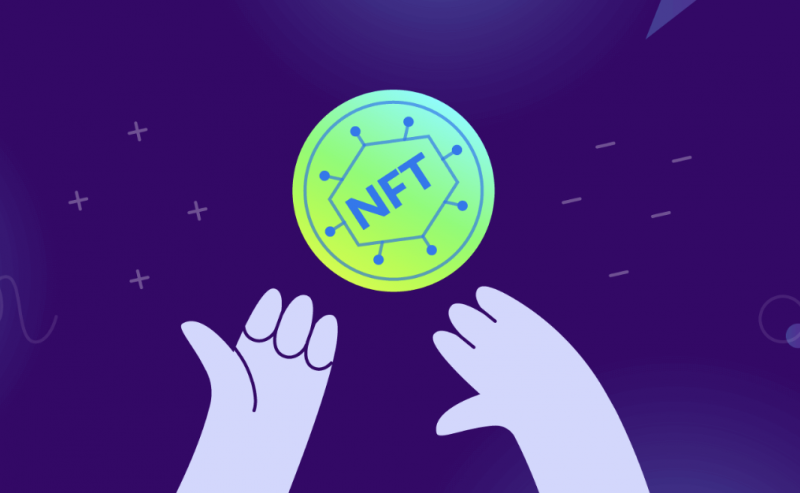What are the Pros and Cons of NFTs?: Everything You Need to Know
Non-Fungible Tokens (NFTs) have gained significant popularity in recent years, revolutionizing the way we perceive and interact with digital assets.
As the NFT market continues to grow, it is important to understand the pros and cons of investing in these unique digital assets.
In this article, we will explore the advantages and disadvantages of NFTs, providing you with valuable insights to make informed decisions.
Also read: Stablecoins Account for 86% of Transfer Volume: NFTs, Gaming Chip In 0.18%
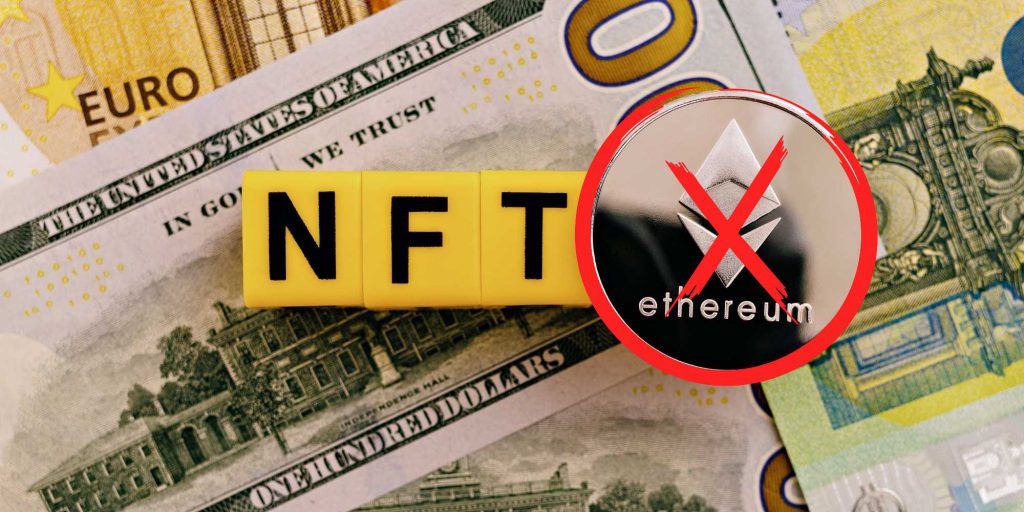

What are NFTs?
NFTs, or Non-Fungible Tokens, are unique digital assets that are represented and stored on a blockchain.
Unlike cryptocurrencies such as Bitcoin, which are fungible and can be exchanged on a one-to-one basis, NFTs are unique and indivisible. Each NFT has a distinct digital footprint, making it one-of-a-kind and irreplaceable.
Advantages of NFTs
Easy Access and Ownership
One of the major advantages of NFTs is the ease of access and ownership they provide. Anyone with an internet connection can buy, sell, and trade NFTs on various online marketplaces.
Furthermore, the digital nature of NFTs eliminates the need for physical presence, enabling global participation and democratizing the art and collectibles market.
Security and Authenticity
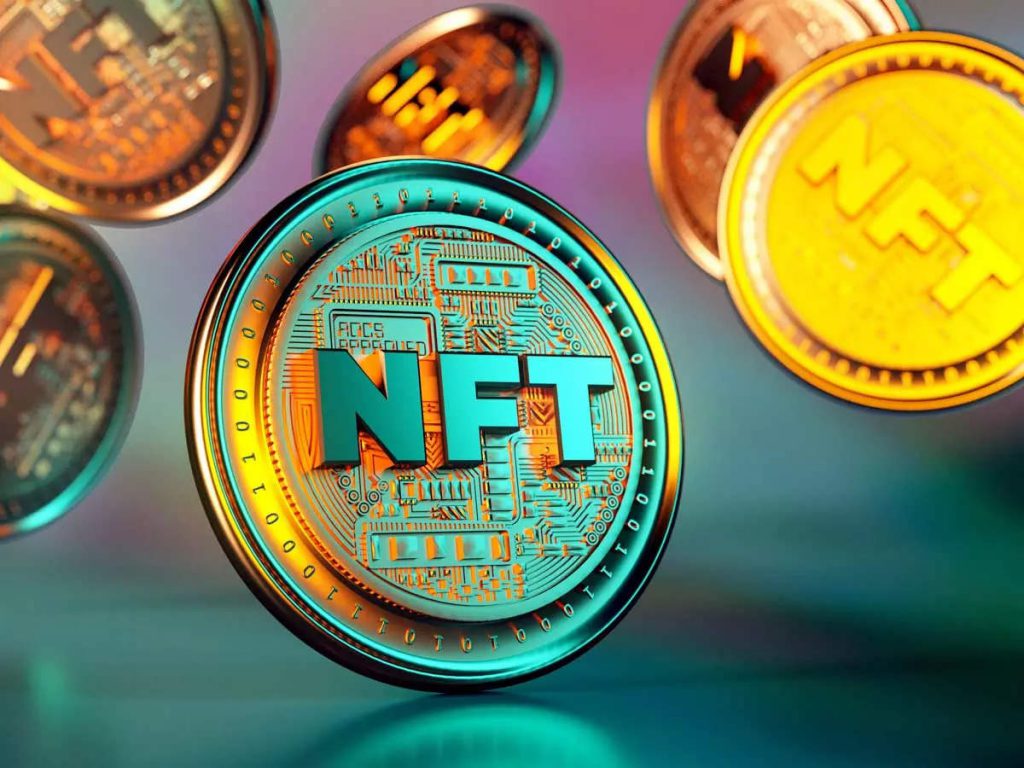

NFTs leverage blockchain technology, which ensures the security and authenticity of each digital asset.
The blockchain serves as a decentralized public ledger that records and verifies every transaction, making it virtually impossible to alter or counterfeit NFTs. This provides a level of trust and transparency that is lacking in traditional art and collectibles markets.
Fractional Ownership
NFTs offer the opportunity for fractional ownership of physical assets. Through tokenization, high-value assets such as real estate, artwork, and rare collectibles can be divided into smaller units, allowing multiple investors to own a fraction of the asset.
This opens up investment opportunities for individuals who may not have the financial means to purchase the entire asset outright.
Potential for Royalties
NFTs provide a mechanism for artists and creators to earn ongoing royalties. When an NFT is resold on a secondary market, the original creator can receive a percentage of the sale price as a royalty.
This introduces a new revenue stream for artists and incentivizes the creation of valuable and desirable digital assets.
Also read: FC Barcelona Gets $132 Million Investment for NFT, Web3 Initiative
Disadvantages of NFTs
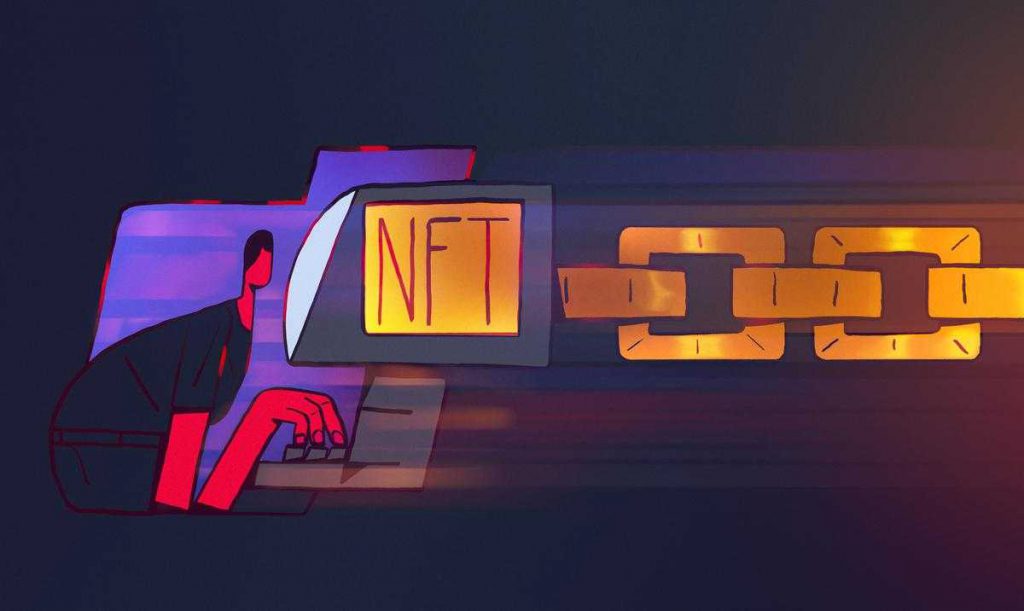

Volatility and Illiquidity
The NFT market is still relatively new and lacks liquidity compared to traditional investment markets.
Prices of NFTs can be highly volatile, leading to significant fluctuations in value. Additionally, the illiquidity of the market makes it challenging to buy and sell NFTs quickly, especially during periods of market uncertainty.
Environmental Concerns
The creation and trading of NFTs on certain blockchain networks, such as Ethereum, require a significant amount of energy. This energy-intensive process, known as proof-of-work, has raised concerns about the environmental impact of NFTs.
Additionally, as the popularity of NFTs grows, it is crucial to explore more sustainable and eco-friendly solutions to minimize their carbon footprint.
Potential for Fraud and Counterfeits
Despite the security measures provided by blockchain technology, NFTs are not immune to fraud and counterfeiting. There have been instances where unauthorized individuals have created fake NFTs or misrepresented the ownership of digital assets.
Buyers need to exercise caution and conduct thorough research before making any NFT purchases to ensure the authenticity and legitimacy of the asset.
Lack of Regulation
The NFT market currently operates with limited regulation, leaving investors susceptible to potential risks and scams. The absence of a standardized framework for NFTs makes it challenging to resolve disputes and protect investors’ rights.
As the market continues to evolve, regulatory bodies are beginning to address these concerns, but it is essential for investors to remain vigilant and informed.
How to Buy NFTs
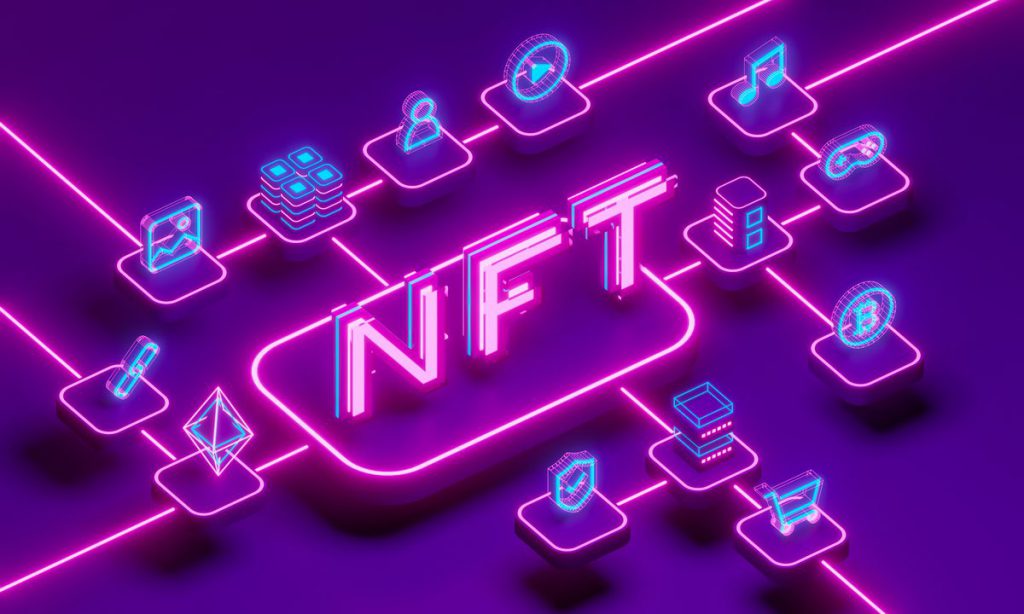

If you’re interested in buying NFTs, here’s a step-by-step guide to help you get started:
Choose an NFT Marketplace: There are several online marketplaces where you can buy and sell NFTs, such as OpenSea, Rarible, and SuperRare. Research different platforms to find the one that best suits your needs.
Set Up a Digital Wallet: To participate in the NFT marketplace, you’ll need a digital wallet that supports the blockchain network where the NFTs are minted. Popular options include MetaMask, Trust Wallet, and Coinbase Wallet. Create an account and securely store your wallet credentials.
Fund Your Wallet: Transfer cryptocurrency, such as Ethereum (ETH), to your digital wallet. Some NFT marketplaces require specific cryptocurrencies for purchasing NFTs, so ensure you have the necessary funds in your wallet.
How to Buy NFTs Continued
Connect Your Wallet to the Marketplace: Connect your digital wallet to the NFT marketplace of your choice. Follow the platform’s instructions to link your wallet and grant permission to access your funds.
Browse and Select NFTs: Explore the marketplace for NFTs that align with your interests and investment goals. Pay attention to the artwork, creator’s reputation, rarity, and historical sales data. Conduct thorough research and consider consulting with experts if needed.
Place Your Bid or Make a Purchase: Once you’ve found an NFT you want to buy, you can either place a bid or make an instant purchase. Bidding allows you to negotiate the price, while an instant purchase allows you to buy the NFT immediately at the listed price.
Confirm the Transaction: Review the details of the transaction, including the price, gas fees (transaction costs), and any additional terms set by the seller. Confirm the transaction through your digital wallet, following the prompts provided by the marketplace.
Transfer the NFT to Your Wallet: After the transaction is completed, the NFT will be transferred to your digital wallet. You can view and manage your NFT collection within your wallet’s interface.
Secure Your NFTs: Ensure you have proper security measures in place to protect your NFTs. This includes keeping your wallet credentials safe, enabling two-factor authentication, and regularly updating your wallet software.
Monitor the Market: Stay informed about the NFT market trends, new releases, and potential investment opportunities. Monitor the performance of your NFTs and consider diversifying your portfolio to mitigate risk.
Remember, investing in NFTs carries risks, and it’s essential to do your due diligence and only invest what you can afford to lose. Seek advice from financial professionals if needed and stay updated on the latest developments in the NFT space.
Conclusion: What are the Pros and Cons of NFTs?
In conclusion, NFTs have introduced a new era of digital asset ownership, offering unique opportunities and challenges.
While NFTs provide easy access, security, and the potential for fractional ownership, they also come with risks such as volatility, environmental concerns, potential fraud, and regulatory uncertainties.
It’s crucial for investors to carefully consider the pros and cons of NFTs before entering the market.
By conducting thorough research, staying informed, and making informed decisions, investors can navigate the world of NFTs with confidence and maximize the potential benefits of this innovative technology.





